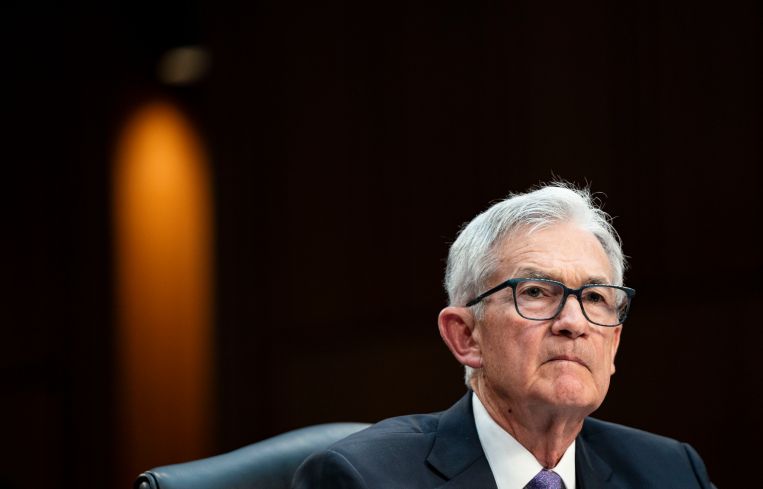Fed Pauses Interest Rates Again but Cuts Could Come Later This Year
By Andrew Coen July 31, 2024 3:00 pm
reprints
The Federal Reserve paused interest rates for an eighth straight meeting Wednesday but set the stage for a possible cut later this year, potentially in September.
The central bank kept its benchmark interest rate at between 5.25 percent and 5.5 percent and noted progress bringing inflation to its 2 percent target goal.
“Inflation has eased over the past year but remains somewhat elevated,” the Federal Open Market Committee’s post-meeting statement said. “In recent months, there has been some further progress toward the committee’s 2 percent inflation objective.”
While a future interest rate cut is likely music to the commercial real estate industry’s ears, Fed Chairman Jerome Powell has stated that bringing inflation on a sustained path to its 2 percent benchmark is necessary before any cuts can occur. The committee is next scheduled to meet Sept. 18.
Powell said in a post-meeting press conference that a September interest rate cut is possible.
“We know that reducing policy restraint too soon or too much, could result in a reversal of the progress we have seen on inflation,” Powell said. “At the same time, reducing policy restraint too late or too little could unduly weaken economic activity and employment.”
When asked about the potential September cut, Powell said “the broad sense of the committee is that the economy is moving closer to the point at which it will be appropriate to reduce our policy rate” depending on what data shows over the next six weeks.
The Fed now has held interest rates firm for eight straight meetings on the heels of hikes in 11 of 12 sessions from March 2022 to July 2023. The hawkish policy by the central bank under Chairman Powell brought borrowing costs to their highest levels in 22 years after hovering around near-zero levels during the first two years of the COVID-19 pandemic.
While a slight drop in interest rates in late 2024 will likely help spur commercial real estate transaction volume, there have already been signs of increasing deal activity this year thanks to better price discovery, according to Jay Neveloff, chair of law firm Kramer Levin’s real estate practice. Neveloff noted that pricing has been lowered out of necessity in many cases, due to a number of looming loan maturities where lenders are unwilling to extend terms like they used to, coupled with equity players seeking to take money off the table.
“When people are evaluating deals, 25 basis points one way or another isn’t making the deal. It’s the pricing,” Neveloff said. “Real estate is adapting to the new paradigm and it just means that the pricing is going to be lower.”
Powell laid the foundation for a September interest cut following last week’s U.S. Bureau of Economic Analysis report that showed signs of cooling inflation with personal consumption expenditure (PCE) holding steady at 2.6 percent in June. The PCE price index inched up 0.1 percent on a monthly basis in June after it went unchanged in May.
The last time the Fed slashed interest rates was a 100 basis point cut to between 0 percent and 0.25 percent on March 16, 2020, at the beginning of the COVID-19 pandemic.
Charles “CJ” Follini, professor of real estate at New York University, said any potential interest rate cut that may arrive in late 2024 won’t matter much for the CRE industry due to the amount of competing government debt getting placed in the market.
“A lot more government supply is coming online next year so it’s an unfortunate timing moment where commercial real estate has more liquidity than ever before, but so does the government,” said Follini, who is chief investment officer at Noyack Investing Club. “The commercial real estate sector’s biggest competitor is not each other and it’s not other asset classes, it is the government’s need for debt.”
Andrew Coen can be reached at acoen@commercialobserver.com.


